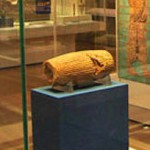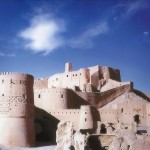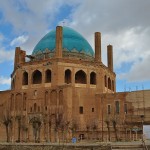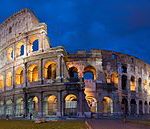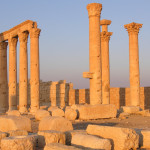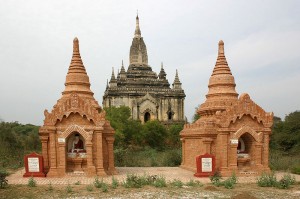 The ancient city of Bagan, Burma or Myanmar, has re-submitted an application to UNESCO to receive World Heritage status. In 1996 Myanmar nominated eight properties for UNESCO World Heritage Site status. However, not a single one has been accepted yet. While these sites remain on UNESCO’s tentative list, Myanmar is considering UNESCO’s suggested improvements, working towards building heritage sites founded upon stable and effective conservation and preservation strategies.
The ancient city of Bagan, Burma or Myanmar, has re-submitted an application to UNESCO to receive World Heritage status. In 1996 Myanmar nominated eight properties for UNESCO World Heritage Site status. However, not a single one has been accepted yet. While these sites remain on UNESCO’s tentative list, Myanmar is considering UNESCO’s suggested improvements, working towards building heritage sites founded upon stable and effective conservation and preservation strategies.
The territory where Bagan lies stretches over a 26-square-miles plain which encompasses 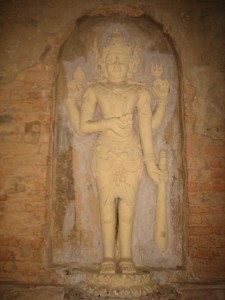 over 3,000 temples, monasteries and pagodas. For several centuries (from the 9th to the 13th century), the area was the capital city of a kingdom that consolidated and controlled most of modern-day Myanmar, and served as a hub of Buddhist scholarship.
over 3,000 temples, monasteries and pagodas. For several centuries (from the 9th to the 13th century), the area was the capital city of a kingdom that consolidated and controlled most of modern-day Myanmar, and served as a hub of Buddhist scholarship.
In 1975, a major earthquake destroyed many of Bagan’s crumbling structures and the governing junta began a campaign of reconstruction which was poorly done without much attention to heritage reconstruction standards and techniques. In fact, the government even commissioned the construction of new monuments within the designated historical zone. Although the restoration of the site provoked international criticism, many locals see the refurbishment as a necessity to accommodate Bagan’s function as a living and breathing Buddhist pilgrimage site.
The ruling military junta changed its name from Burma to Myanmar in 1989, a year after thousands were killed in the suppression of a popular uprising. Rangoon also became Yangon. The Adaptation of Expression Law also introduced English language names for other towns, some of which were not ethnically Burmese. The change was recognized by the United Nations, and by countries such as France and Japan, but not by the United States and the UK.
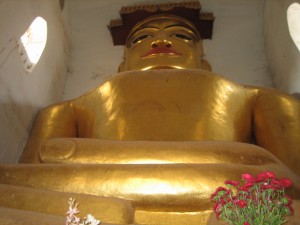 Myanmar has been extremely politically isolated and as a result until recently only had received very little aid and technical assistance from the outside world. However, the situation has changed over the last few years with new international investment and even a trip by President Obama and former Secretary of State Hillary Clinton to Myanmar in November 2012. At the same time, the internal ethnic conflicts and tensions have resulted in the ongoing destruction of Muslim sites and mistreatment of minorities.
Myanmar has been extremely politically isolated and as a result until recently only had received very little aid and technical assistance from the outside world. However, the situation has changed over the last few years with new international investment and even a trip by President Obama and former Secretary of State Hillary Clinton to Myanmar in November 2012. At the same time, the internal ethnic conflicts and tensions have resulted in the ongoing destruction of Muslim sites and mistreatment of minorities.
Many experts are now calling for this recent bid to be accepted by UNESCO bringing attention and much needed help for Myanmar’s heritage sites.




